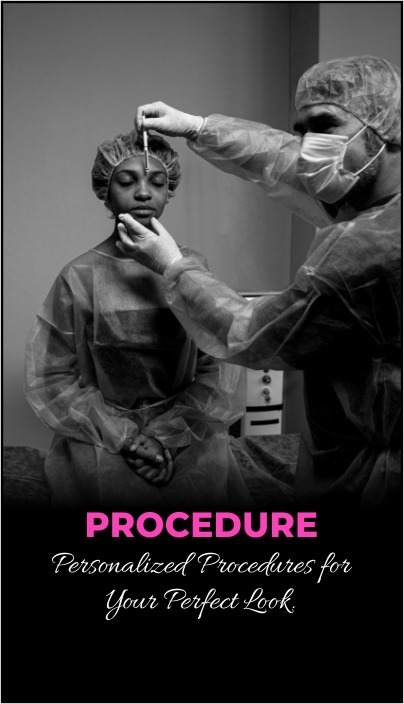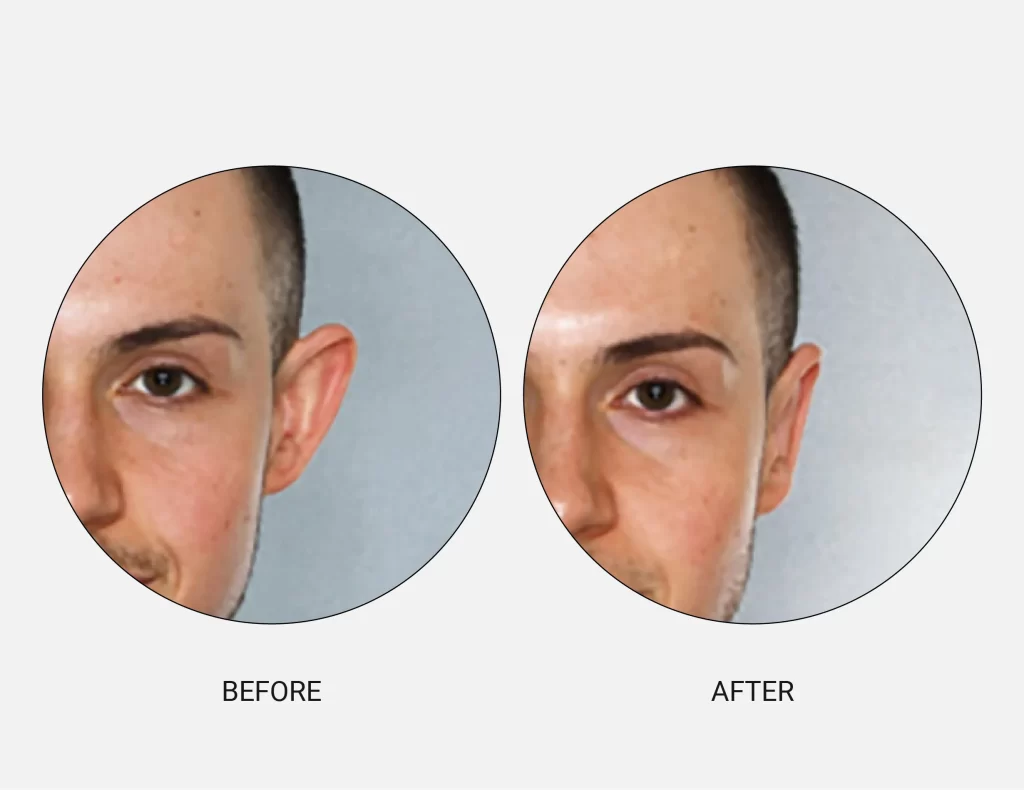

Otoplasty is a surgery to change the shape, position, or size of the ears. This surgery may be used in a number of situations. For example, some people choose to have otoplasty because they are bothered by how far their ears stick out. Others might get this surgery if one or both ears have changed shape due to an injury. Otoplasty also may be used if the ears are a different shape because of a birth defect.
Otoplasty can be done any time after the ears have reached their full size. In general, children can get this surgery as early as 4 to 6 years old. Adults also can get otoplasty.
If a baby is born with prominent ears and certain other ear-shape issues, a different treatment may be an option. It's called splinting, and it doesn't involve surgery. Devices called splints are placed on the baby's outer ear. The splints are adjusted each week for about 4 to 6 weeks. For best results, splinting must be done during the first few days of life. This is when the ear is soft and can be molded. Splinting is less effective after the first few weeks of life.
Oftentimes, otoplasty is done on both ears to give a balanced look, a concept called symmetry. Otoplasty doesn’t change the position of your ears on your head or affect your ability to hear.


You'll talk to a plastic surgeon about otoplasty. During the first visit, your plastic surgeon will likely:
Otoplasty can be done in a hospital or in a medical center where surgery can be performed. You'll likely be given general anesthetics that put you in a sleep-like state and prevent pain, or local anesthetics with sedatives to relax you.
Otoplasty techniques vary depending on where the incisions are made. Your surgeon might make incisions on the backs of your ears or within the inner creases of your ears. After incisions, the cartilage is repositioned and secured with stitches.
After otoplasty, your ears will be covered in bandages for protection. You'll feel some discomfort and itching. Avoid sleeping on your side and refrain from rubbing the incisions. A headband may be needed for a few weeks to protect the ears.
Once the bandages are removed, the changes to your ears will be visible and are usually long-lasting. If you're not satisfied with the results, revision surgery may be considered to enhance the outcome.
Otoplasty, also known as cosmetic ear surgery, corrects abnormalities such as protruding, overly large, or misshapen ears. This surgery can also repair ears damaged by trauma. Otoplasty offers a permanent solution to improve ear appearance and boost confidence.
Otoplasty is surgery to correct structural ear abnormalities. This reshaping surgery provides a more natural appearance to the ear without affecting hearing ability. The procedure is aimed at improving self-confidence.
People may get otoplasty for reasons such as:
These are congenital conditions, but otoplasty can also be performed for trauma-related injuries such as cauliflower ear.
Anyone with fully developed ears can get otoplasty. Surgeons perform most otoplasty procedures on children after age 4, but adults also choose to get it.
Surgeons recommend ear pinning if you or your child have prominent ears that stick out. The goal is to bring your ears closer to the sides of your head and reshape malformed cartilage.
People with large or oversized ears (macrotia) may benefit from ear reduction. Surgeons remove tissue to make the ears smaller.
People with small, misshapen ears or ears that haven’t fully developed (microtia) may benefit from ear augmentation. It usually involves cartilage or tissue grafting.
Before surgery, your surgeon will examine your ears, discuss expectations, and review your health history. You’ll receive a list of pre-operative instructions, including avoiding NSAIDs, quitting smoking, and arranging transportation.
Otoplasty is typically an outpatient procedure performed under general or local anesthesia with sedation. The surgeon makes an incision, reshapes the ear, and closes the incision with stitches.
The procedure takes between one to three hours, depending on the specifics of your case.
After surgery, dressings will cover your ears, and your surgeon will provide instructions on how to care for them. During recovery, avoid touching your ears, wear loose clothing, and sleep on your back.
Otoplasty corrects protruding or misshapen ears, improves self-confidence, and provides permanent results with minimal risks.
Common side effects include soreness, itchiness, redness, swelling, bruising, and temporary numbness. Some risks include infection, scarring, and asymmetrical results.
Full recovery takes six to eight weeks, but improvements may be noticeable in two to three weeks. Follow-up appointments will ensure proper healing.
Children can return to school in about a week after otoplasty, but physical activities like sports should be limited until fully healed.
Contact your healthcare provider if you develop a fever, experience excessive bleeding or swelling, or sustain trauma to the surgical site.
Otoplasty results are usually permanent and can last a lifetime.
In general, insurance doesn’t cover otoplasty because it’s considered a cosmetic procedure. However, it’s a good idea to check with your insurance provider for specific details.
Ear differences may cause social anxiety at any age. Whether for yourself or your child, otoplasty can help improve ear appearance and boost confidence. Consult with a healthcare provider to see if this solution is right for you.
